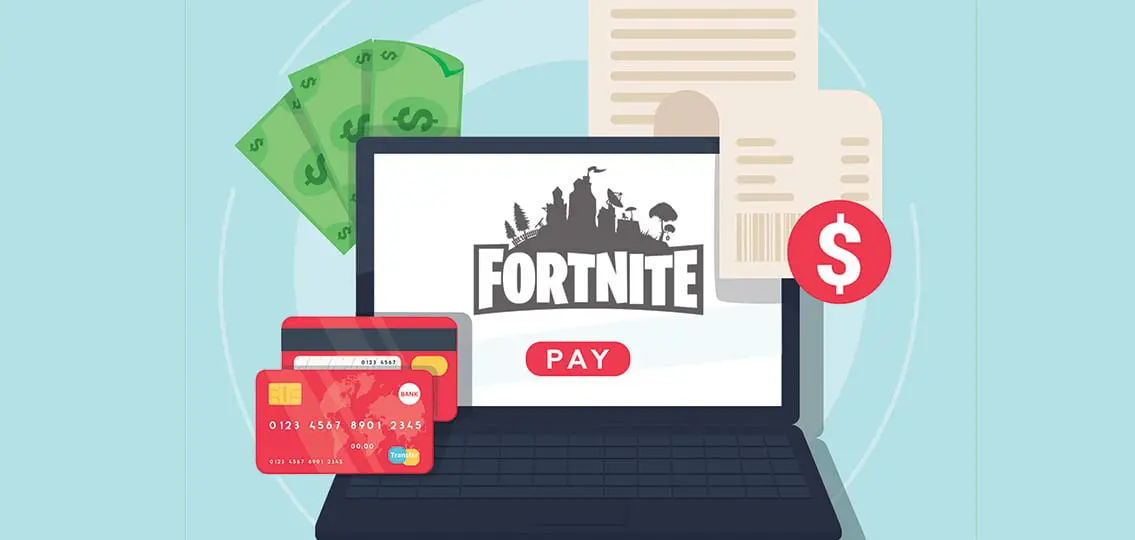One morning, my 11-year-old son was up uncharacteristically early and standing at my bedside, a wad of cash in his hands.
“Mom, I need to spend $25 on the new season of Fortnite,” he said in the urgent tone of a bona fide addict. “There are animals in this one!”

He and my high school freshman often ask to spend money—theirs or, worse, mine—on Fortnite skins or dance moves or some other virtual doodad I cannot fathom.
Apparently I’m not the only parent receiving such frantic requests. According to a recent survey of 144 American parents by gaming research firm Value Gamers, parents have spent an average of $122.17 on the “free” Fortnite, and 38 percent of children playing Fortnite ask their parents to spend money on the game every week.
“It’s my birthday money,” he asserted. “Don’t I get to use it to buy whatever I want?”
It’s a good question—one I wasn’t prepared to answer. It’s his money, but I have a responsibility to teach my son how to be a good steward of his money.
Virtual Purchases
Parenting and child development expert Dr. Deborah Gilboa understands my hesitation when it comes to a virtual purchase.
“We in our generation have trouble with the fact that you can’t touch it, hold it, or step on it in the middle of the night,” she says, “but it is just as valid a toy as the Hot Wheels track starter line or the Barbie pet set.”
Setting Limits on Spending
However, just as our parents didn’t let us buy every toy we saw on a Saturday morning commercial, Gilboa says parents can set limits—and the first step is to control kids’ access to our credit cards and passwords.
“You wouldn’t drop them off at Target with your RED card and say, ‘Just hang out but don’t buy anything,’” she says. Before you give your child the instant ability to access your accounts, you have to make sure they developmentally understand that the money they spend is real—and even children in middle school can struggle with that concept, says Gilboa.
In-App Purchases
Tod and Nicole Ellington learned this the hard way. Their 9-year-old son spent $7,000 in just one month on in-app purchases for an online card game using their shared iTunes account. They only discovered the charges when their credit card statement arrived.
After a “long month,” says Nicole, her credit card company reversed the charges, but she and her husband made some big changes. They set a control to make all future app and in-app purchases require parental approval. The control is still in place two years later.
“In-app purchases are the devil. It’s so easy to get sucked in,” says Nicole. “I even feel the urge when I play Candy Crush. I can see how it would rope in a kid.”
Teaching Good Spending Habits
But before you ban in-app purchases altogether, consider this dip into online spending an important teaching opportunity, says Gilboa.
“This is how our kids are going to pay for their pizza, their schoolbooks, their rent, their Zip Car,” she says. “They need practice with this. It is something that is going to bankrupt our kids in their 20s if they don’t understand it.”
Gilboa suggests making a critical distinction for kids: Not all of their money is spending money. Direct them to divide their funds into money to save, money to spend, and money to donate. Then, accept that anything in their “spend” category is money they can choose to spend however they wish—within reason.

“If you don’t allow your kids to play video games at all, you don’t allow it,” says Gilboa. “But if you do, you have to consider letting them use their allocated spending money on video games.”



